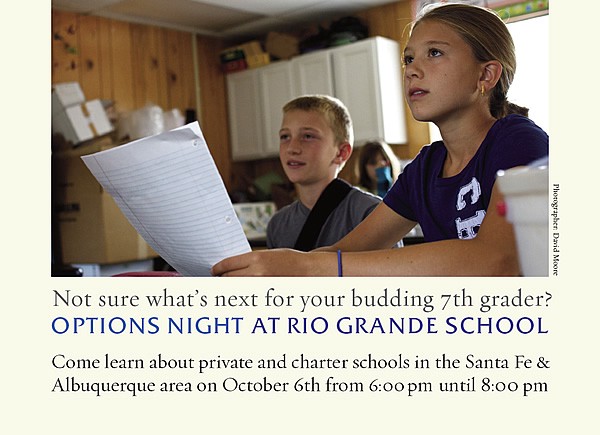Recently, I’ve been thinking a lot about what children’s photography is actually about. You’d think it has a simple answer – it’s about taking photos of kids (duh).
That’s what we do, but that’s not why we do it, whether we’re professionals or taking photographs of our own children. Clients of mine say they want the photographs for a number of reasons – for holiday cards, to send to the grandparents, to mark a birthday, but I think what they really want is to tell the story of their child at a particular time in their life, and (even more importantly) to show how much they love them.
That’s certainly why I do an annual photo session with my own daughter every Fall (here are some images from 2009’s session). We use the same place – our kind neighbor’s lovely garden – and over time these images will build up to an ongoing record of her as she grows and changes.
We want her to look good in the photographs, of course, but more, we want to look authentically like her which is a little different. When I’m showing clients the photographs from their sessions, I can sometimes predict the images they’re going to love, but just as often they see in some of them something about their child that I can’t see (because I don’t know them well enough). It might be a facial expression (‘that’s so him’) or an activity, but it’s something that means more to them than I could have predicted.
Which is why I don’t shoot in a studio and pose the children – I want them to be really them, not to be little models for the afternoon, so they look like themselves when the images come off the camera.
Deepening the Experience
If parents want to tell the story of their child, then still images are definitely one excellent way.
But I’ve also been looking at incorporating video into the mix too. So for this year’s shoot with my daughter, I asked her a few questions on camera, and edited her answers together with some stills.
The real value is not so much in her answers (though these will be nice to have in a few years’ time), but in watching her answer them. Hearing her voice, seeing how she moves – these are the things that bring her to life. The video elements, together with the stills, tell a richer story about her than the stills alone.
Not Hard to Do
This approach is something you can do easily – I shot the video on my Canon 5D II, using an external microphone (that wasn’t quite close enough to my daughter), but you could use any number of video shooting devices for it – iPhone, Flip, whatever. So long as it’s locked down on a tripod or something else similarly stable, you’ll be fine.
As with still photography, look for a spot where the light is relatively even and where the subject will looking out from shade to a brighter area, to get some catchlights that will make their eyes twinkle.
I edited it on iMovie on my Mac, using a free music track sourced from the great Vimeo music library.
I thought about stripping out the voice track and running her answers over some more photographs, but her facial expressions and reactions to the questions were so good that I just kept the audio and video together for the answers, and ducked the level of the audio track up for the photographs, and down for the video.
The grandparents completely loved it, and Fionnuala enjoyed the video session too. Definitely something to do for next year too. I’ll still be taking any number of still images, but I’m happy with the way the impromptu video session came out.
And if you’ve got some examples of a similar hybrid approach you’ve made yourself or seen elsewhere, I’d love to take a look at them.
